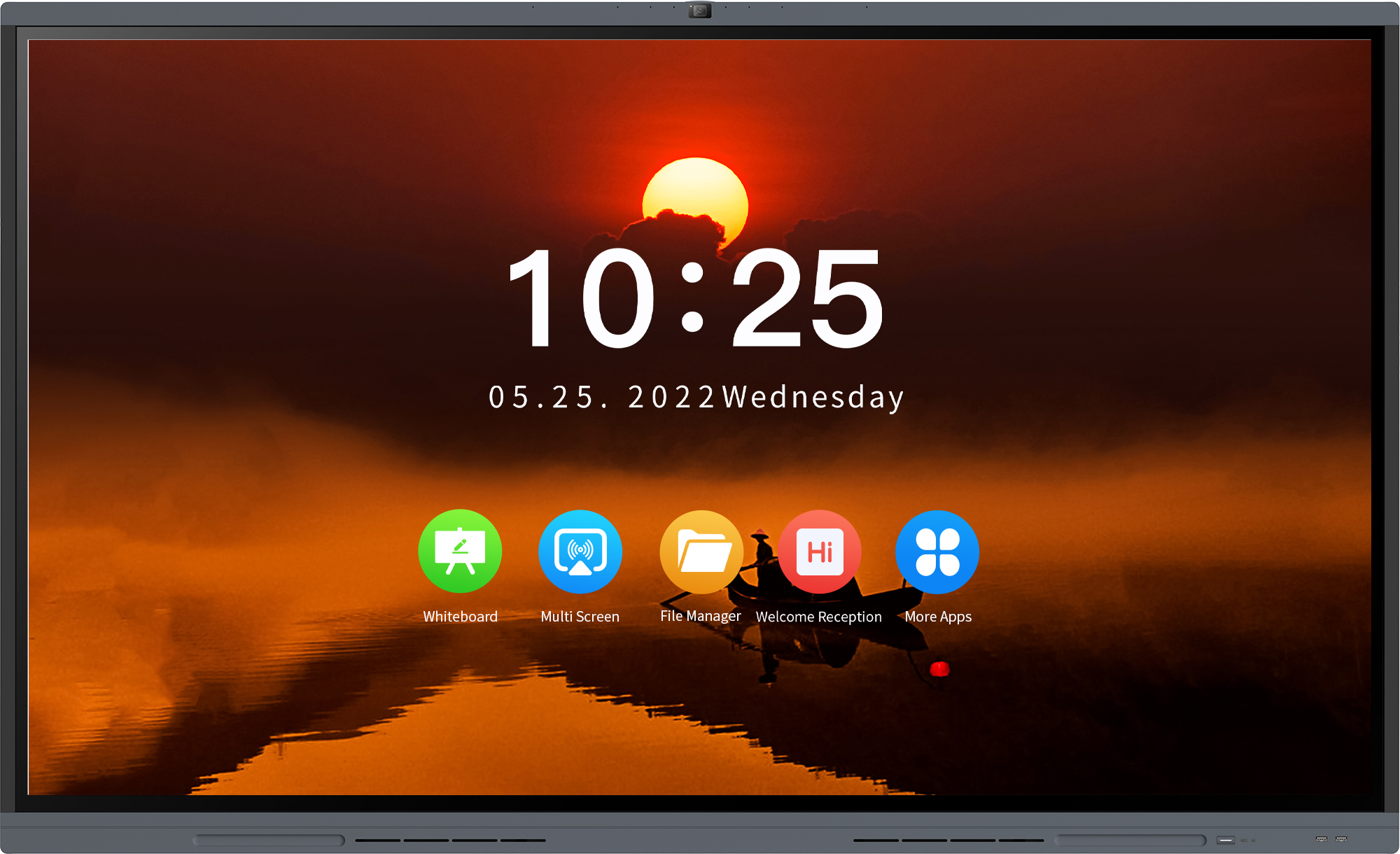Introduction: Enhancing Office Efficiency through Interactive Technology

An office interactive touch screen refers to a display panel that can be operated by touch gestures, allowing users to interact directly with the screen's content. This cutting-edge technology has revolutionized the way businesses operate by providing a more efficient and intuitive workspace. In this article, we will delve into what an office interactive touch screen is, explore its diverse functions, and highlight the numerous benefits it offers to modern offices.
What is an Office Interactive Touch Screen?
An office interactive touch screen combines the functionalities of a traditional screen with interactive capabilities, enabling users to input commands or manipulate information through touch. These screens come in various sizes, from compact tablets to large interactive whiteboards, providing versatility to cater to different office needs. The screens utilize advanced touch technology that allows for precise and accurate touch recognition.
Moreover, office interactive touch screens often include additional features such as stylus support, palm rejection, and multi-touch capabilities, further enhancing user experience and productivity. With these screens, traditional office presentations and collaboration methods are replaced with dynamic and engaging interactions that foster creativity and innovation.
Functions and Applications of Office Interactive Touch Screens
Office interactive touch screens offer a myriad of functions and applications, making them indispensable tools for modern workplaces. These screens can serve as interactive whiteboards during meetings, presentations, and brainstorming sessions, where individuals can write, draw, and annotate directly on the screen, fostering more collaborative and visual interactions.
Furthermore, office interactive touch screens can be utilized for video conferencing and teleconferences, allowing participants to see and hear each other in real time, irrespective of their geographical locations. This fosters remote collaboration, reduces travel costs, and enhances productivity in a globalized world.
Additionally, these screens can be used for interactive training sessions and workshops, where employees can engage in immersive learning experiences. By utilizing touch gestures, participants can navigate through e-learning modules, quiz themselves, and actively participate in the training process, leading to better retention and understanding of the material.
The Benefits of Office Interactive Touch Screens
Implementing office interactive touch screens offers various benefits that significantly improve office efficiency and productivity:
- Efficient Collaboration: Interactive touch screens enable seamless collaboration by allowing individuals to contribute, share ideas, and edit content in real time, fostering a more engaged and collaborative work environment.
- Enhanced Presentations: By utilizing touch gestures, presenters can create dynamic and visually stimulating presentations that captivate the audience, leading to improved communication and knowledge retention.
- Improved Decision Making: Office interactive touch screens facilitate data visualization and analysis, enabling managers and teams to make more informed decisions based on real-time information and interactive data exploration.
- Increased Productivity: With the ability to streamline workflows, access information, and collaborate seamlessly, employees can accomplish tasks more efficiently, resulting in increased productivity and reduced turnaround times.
- Engaging Learning Environment: Interactive touch screens transform training sessions into interactive and immersive experiences, improving employee engagement, knowledge retention, and overall learning outcomes.
Conclusion
An office interactive touch screen is a powerful tool that revolutionizes how office spaces operate by promoting collaboration, improving productivity, and enhancing learning experiences. With its versatile functions and numerous benefits, this technology has become an essential part of modern workplaces, empowering employees and transforming traditional office environments.

